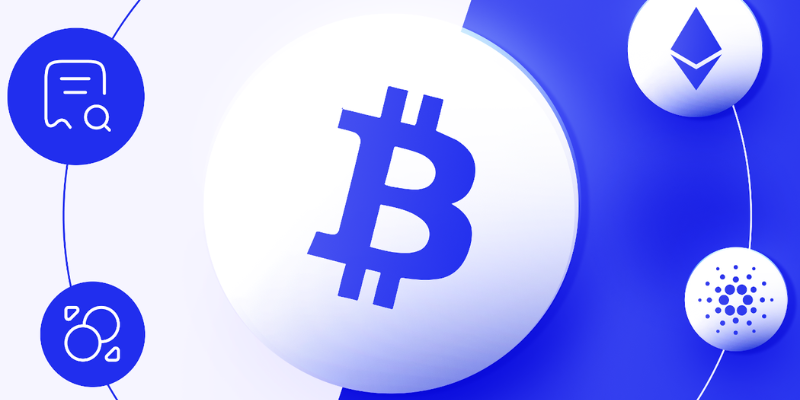Almost everyone with access to the internet today has heard about bitcoin. Bitcoin was the first cryptocurrency and still dominates the market in terms of value and popularity. It was launched in 2009. Bitcoin is a decentralized digital money that operates on a blockchain and is supported by a community of users who verify and record transactions without needing a centralized authority or trusted third party. Bitcoin is a decentralized digital currency that aims to replace centralized fiat currencies like the US dollar. Bitcoin uses a consensus technique known as proof-of-work to confirm the legitimacy of transactions.
Table of Contents
ToggleBitcoin Genesis Block – How Bitcoin Started
The first ever Bitcoin transaction was made on January 3, 2009. Satoshi Nakamoto, the identity that appeared in the 2008 Bitcoin white paper that initially detailed the blockchain infrastructure that would serve as the backbone of the whole cryptocurrency industry, founded Bitcoin in 2009. Many individuals have come forward over the years claiming to be Satoshi Nakamoto. Still, none of them can provide convincing proof of their claims.
The first 50 Bitcoins were mined when the first Bitcoin block, the Genesis Block. Satoshi may have mined as much as 1.1 million Bitcoins in the first seven months after Bitcoin’s release. The genesis block is regarded as the origin of the Bitcoin blockchain and the commencement of the cryptocurrency revolution. It is also known as Block 0 and is the first block to be recorded on a particular blockchain network.
Since every block references the one before it, it serves as the ancestor to whom all subsequent blocks may trace their descent. This started the process of approving bitcoin transactions and creating new bitcoins.
Genesis blocks are often hardcoded into the program since there isn’t a preceding block to refer to. It took six days after the Genesis Block for the following block, referred to as Block 1, to be mined. Since there should be a 10-minute timestamp lag on average between blocks, this is unusual. The Genesis Block has a link to a web address. However, it cannot be used up. This is due to a flaw or defect that someone may have intentionally introduced, preventing the transaction from being uploaded to the UTXO database of Bitcoin.
Also Read; Bitcoin VS Ethereum: Are They Really Different?
How Bitcoin Blocks are Different Today
Since 2009, Bitcoin blocks have seen significant alterations. Instead of just one, they have thousands. The mining process takes ten minutes. After three “halvings” of the reward, which take place about every four years on a fixed timetable, miners are paid 6.25 BTC. The Bitcoin network has more than 750,000 blocks as of December 2022. They create an uninterrupted series dating back to the Genesis Block, each expressly addressing the one before it.
The Hidden Message
The Genesis block also included a secret message. “The Times 03/Jan/2009 Chancellor on the verge of the second bailout for banks,” ran the headline from a British newspaper. Due to the date, this served two unique purposes: it demonstrated that the genesis block was not mined prior to January 3, 2009, and also discussed the motivations for the creation of Bitcoin. The Genesis block is unique not just for its identification but also for what it represents: the beginning of the decentralized age and prospect of perfect economics.
Conclusion
Blockchain technology has evolved since 2009, and in recent years, we have seen higher adoption of bitcoin and other blockchain use cases. Despite the crypto winter for most of 2022 and now 2023, bitcoin is here to stay. With its decentralized system and potential for high returns, there is little doubt that the digital currency will experience growth in value in the coming years.











